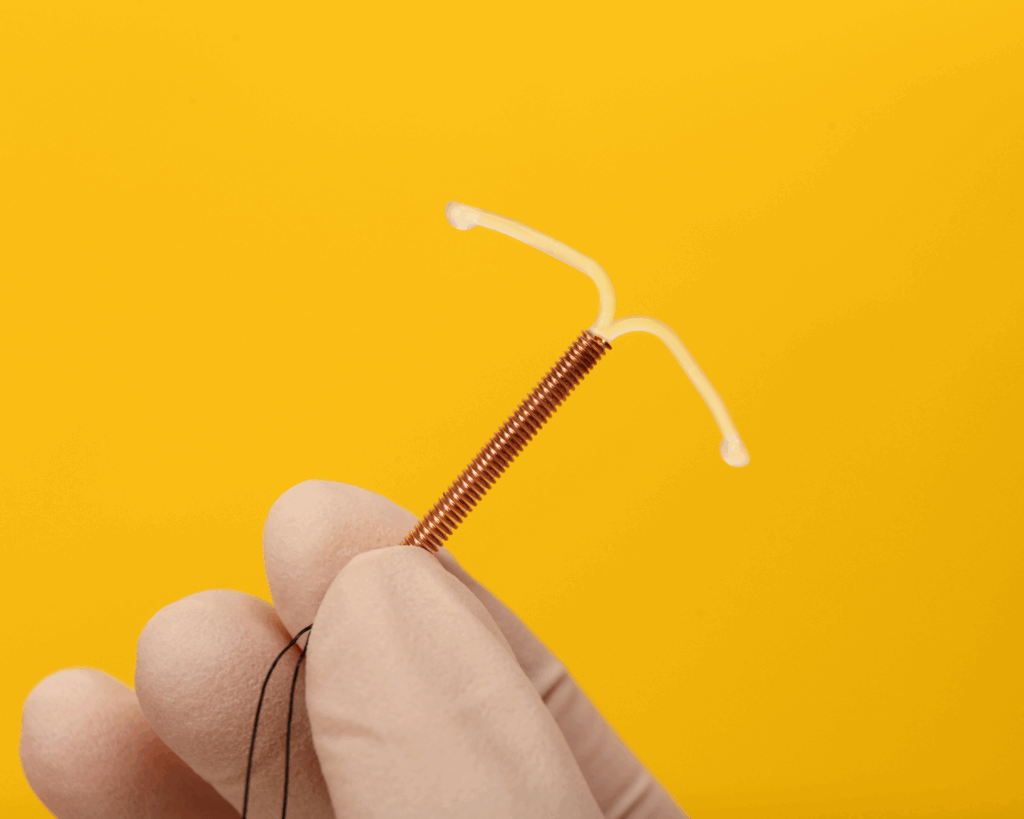Applying Pandemic Lessons to Improve Reproductive Health
Positive policy changes implemented during the pandemic should continue to promote reproductive health long-term.

Read Time: 3 minutes
Published:
Recently, public health experts called for a policy “reset” as the uncontrolled spread of the omicron variant drives hospitals and health care workers to their breaking point. This reset means addressing how the Covid-19 policy response in the U.S. has affected access to health care. Reproductive health, in particular, has been disrupted by Covid-19 prevention policies and significant federal and state changes to health care delivery. Yet many of these temporary changes actually advanced reproductive health care and show signs of lasting benefits. Moving forward it is critical to ensure that positive policy changes are made permanent to continue to promote reproductive health long after the pandemic.
In March 2020 when the nationwide state-of-emergency went into effect, many states postponed “non-essential” health services to reduce Covid-19 transmission. This sudden pause prompted policy changes that established coverage of maternal and child telehealth services and ensured universal Covid-19 testing for all pregnant women. However, these changes varied by geographic location and influenced how pregnant women received prenatal, delivery, and postnatal care.
Although the initial switch to a virtual format for prenatal care increased the stress faced by pregnant women, Covid-19 prevention policies drove the rapid expansion of telehealth medicine. This growth ultimately expanded access to reproductive health services. The need for contactless provider visits made it necessary for insurance companies to cover telehealth appointments. This pivot also made additional avenues of support more accessible. Virtual formats reduced scheduling challenges and allowed patients to speak to specialists such as lactation consultants in a timely manner.
However, not all policies promoted positive change.
Additionally, state policy pandemic responses disrupted labor and delivery care. Early on, stories surfaced of women being forced to give birth alone, to choose between their spouse or doula during labor, and even run the risk of being separated from their newborn if they tested positive for Covid-19. Almost instantly, governments began to receive backlash from various groups pointing out that these restrictions indicated a lack of commitment to basic human rights. This advocacy ultimately led to legislative changes. Some states such as New Jersey and New York, implemented doulas as an integral part of the birthing team and no longer a questionable participant. Although not all states made these changes, this was a step in effecting lasting positive change.
However, not all policies promoted positive change. During this time, several states declared abortions “non-essential” services and banned them. Ultimately, these bans were either blocked or terminated by court orders. Nonetheless, the impact of abortion bans was substantial and left women in jeopardy of increase economic hardship, health problems and physical violence; consequences that likely widened inequities in reproductive health.
Yet, even these abortion bans yielded positive change when sexual and reproductive health groups took the opportunity to highlight the many challenges of obtaining abortion medication. They argued that the requirement to dispense the medication in-person was not backed by significant safety reasons, especially during the pandemic. This pressure led the FDA to lift the restriction in April 2021, allowing abortion medications to be mailed to patients. Although this accommodation is temporary, the policy change has significantly improved access to reproductive health services.
As a nation, our goal for a post-pandemic world needs to include taking action to make positive policy changes permanent. Policymakers must act now to move forward and secure permanent changes to temporary policies that have strengthened reproductive health thus far.
Photo via Getty Images





